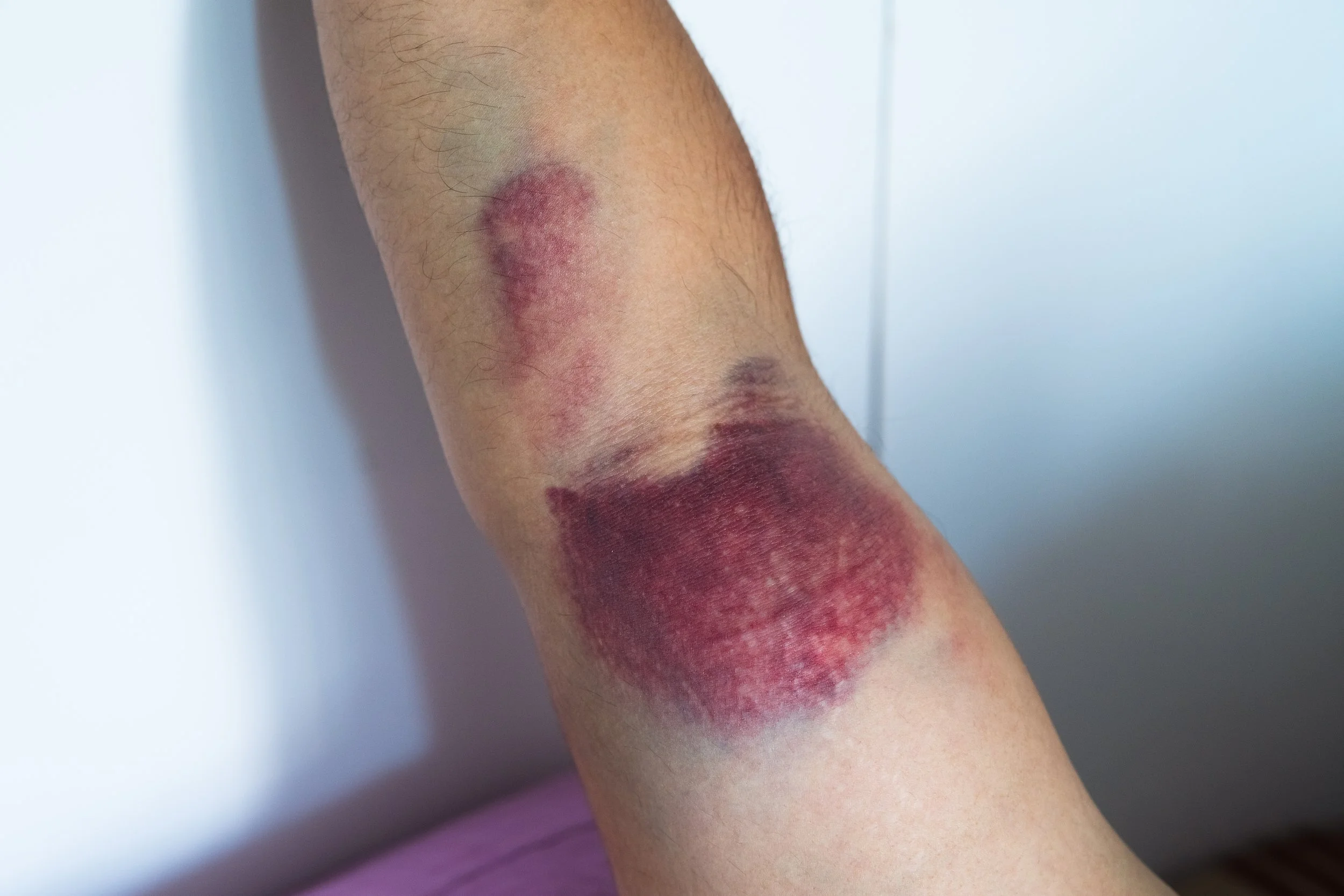Physical therapy can be a beneficial treatment option for deep bruising, also known as a contusion. While physical therapy cannot directly heal the bruise itself, it can aid in the recovery process and help manage the associated symptoms and complications. Here's how physical therapy can help with deep bruising:
Pain management: Deep bruises can be painful, and physical therapists can use various modalities like ice or heat therapy, electrical stimulation, ultrasound, and manual techniques to reduce pain and inflammation.
Swelling reduction: Physical therapists can employ techniques like compression, elevation, and lymphatic drainage to reduce swelling around the bruised area, which can accelerate healing.
Range of motion exercises: When a bruise is located near a joint, it can lead to stiffness and limited range of motion. Physical therapists can design specific exercises to improve flexibility and maintain the joint's mobility.
Strengthening exercises: As the bruised area heals, the surrounding muscles may weaken due to inactivity. Physical therapists can prescribe targeted strengthening exercises to regain muscle strength and function.
Balance and coordination exercises: Deep bruises on the lower extremities can affect balance and coordination. Physical therapists can work on balance and proprioception exercises to help prevent falls and injuries during the healing process.
Scar tissue management: As the bruise heals, scar tissue may form in the affected area. Physical therapists can use various techniques such as massage, stretching, and manual therapy to prevent excessive scar tissue formation and improve tissue mobility.
Education and advice: Physical therapists can educate patients on how to manage their symptoms at home, including self-massage techniques, proper rest, and activity modifications to support the healing process.
Gradual return to activity: Physical therapists can guide patients through a progressive exercise program, gradually reintroducing physical activities as the bruise heals, to prevent reinjury and optimize recovery.
It's essential to remember that deep bruises can sometimes be more severe, leading to internal bleeding or damage to deeper tissues. In such cases, physical therapy will be more cautious and work in collaboration with other healthcare professionals to ensure the best possible outcome.

